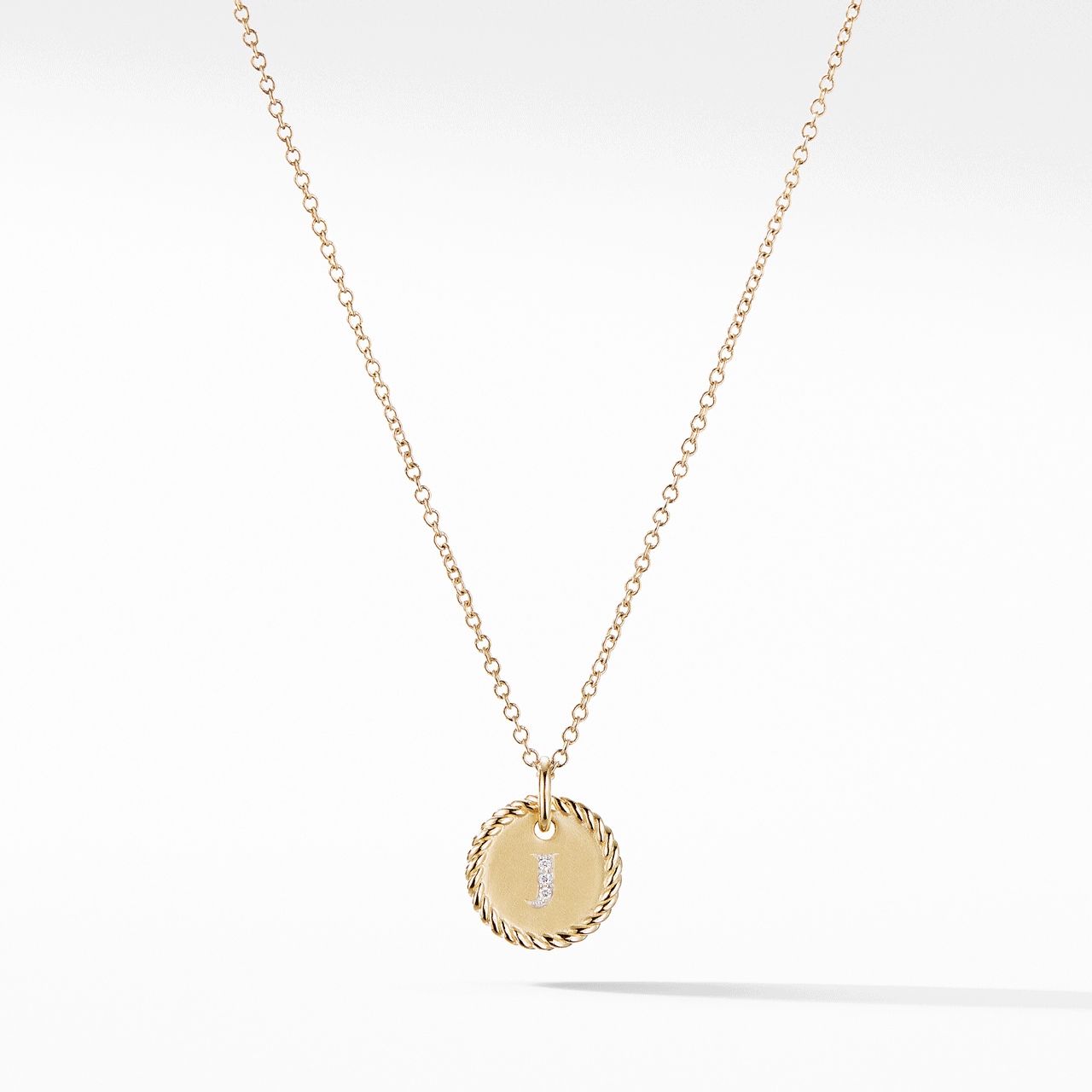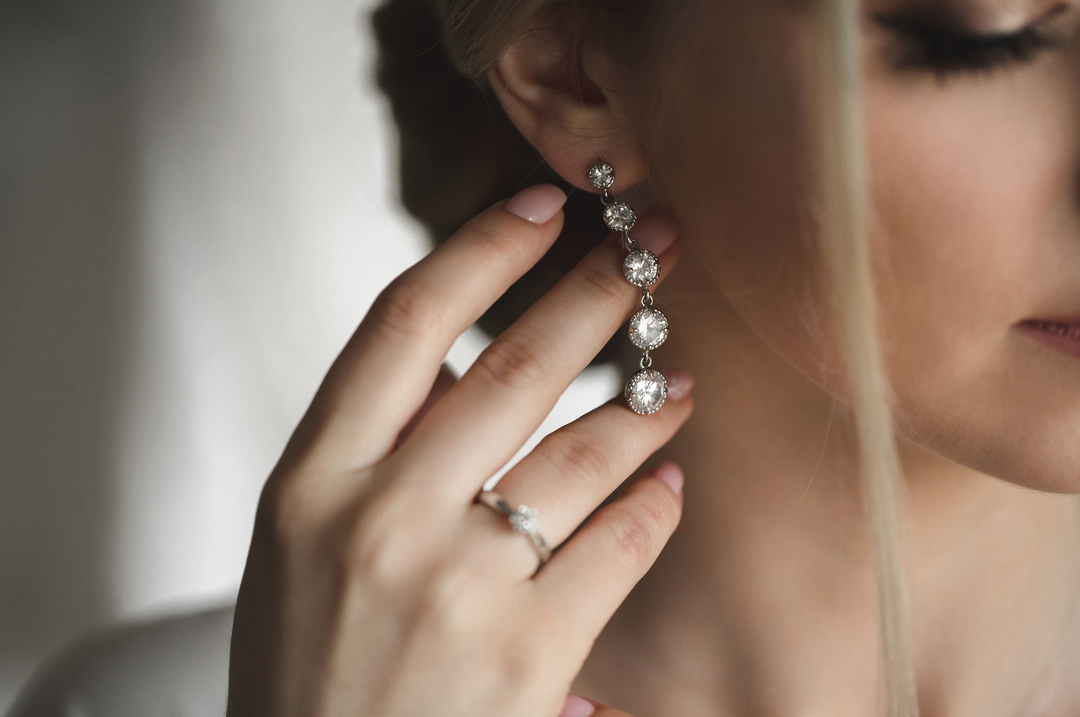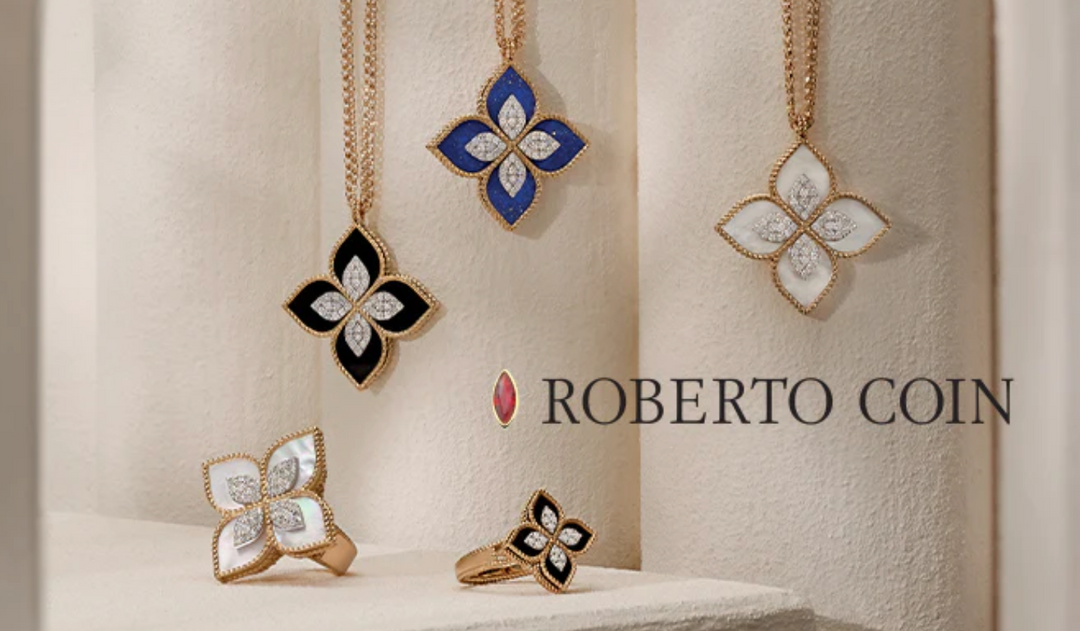Hamilton Series: Tracking Down the World's Most Infamous Diamonds – The Centenary Diamond
Everyone loves a good mystery. Throw in glamorous players, far-away locales, and of course, exquisite and stunning gems, and you have a story that will garner rapt attention.
But, these aren’t just stories, they are open investigations, dedicated recovery missions and extensive inquiries for the most famous and well-known diamonds that the world has ever produced.
While we are lucky that some of these stones are on display for our enjoyment, or even for sale, some have simply vanished and their whereabouts unknown. All we can do is wait for them to pop up at auction some time.
Famous diamonds always do.
The Centenary Diamond
Discovered in the Premier Mine in South Africa in July of 1986 by using their X-ray imaging system, the original rough was 599 carats, and its unearthing was kept quiet under intense secrecy. In May of 1988, the diamond was presented in the Centennial Celebration of the De Beers Consolidated Mines, rated a grade of D by the Gemological Institute of America, the highest grade of colorless diamond and is internally and externally flawless. Circumstances surrounding the diamond’s purpose naturally christened it the Centenary Diamond, as it was only flaunted during the company’s centenary celebrations.
Cutting such an immense and valuable diamond required considerable expertise and investment. Chosen to lead the enterprise was one of the world’s most renowned diamond cutters, Gabi Tolkowsky, a sixth generation of the Tolkowsky family to make his name in the trade, and the great nephew of Marcel Tolkowsky, the father of the modern round brilliant diamond cut. Gabi was assisted by a team including specially picked engineers, electricians and security guards. A special room was designed underground in the De Beers Diamond Research Laboratory in Johannesburg, South Africa for the sole purpose of working on the Centenary Diamond, monitoring its strength and stability, temperature variations and any factors that might interfere with its cutting.
The first 154 days removed 50 carats by hand, revealing a rounded stone weighing approximately 520 carats. After several sketches and proposals, the De Beers Board decided upon a modified heart shape to display the ultimate expression of both “fire” and “brilliance”.
After three years, the team transformed the stone into one of the largest cut diamonds in the world. In February 1991 the diamond was revealed, and insured for over $100 million. It weighs 273.85-carats and has 247 facets; 164 on the pavilion and crown, and 83 on the girdle. Its size is only surpassed by the Cullinan I and Cullinan II diamonds. Two flawless pear shapes were also cut.
The stone was loaned to the Tower of London where it was displayed for several years. It is rumored that De Beers no longer owns the Centenary, and the current owner is unknown. Gabi Tolkowsky has said he believes the gem was sold in June 2008 to an 18-year-old entrepreneur of British/Israeli origin, living in the United States. However, De Beers has declined to comment, maintaining a policy of anonymity.
Perhaps the diamond will resurface, either at auction, in a museum or in some country’s crown jewels.
Images courtesy of Google.com.









